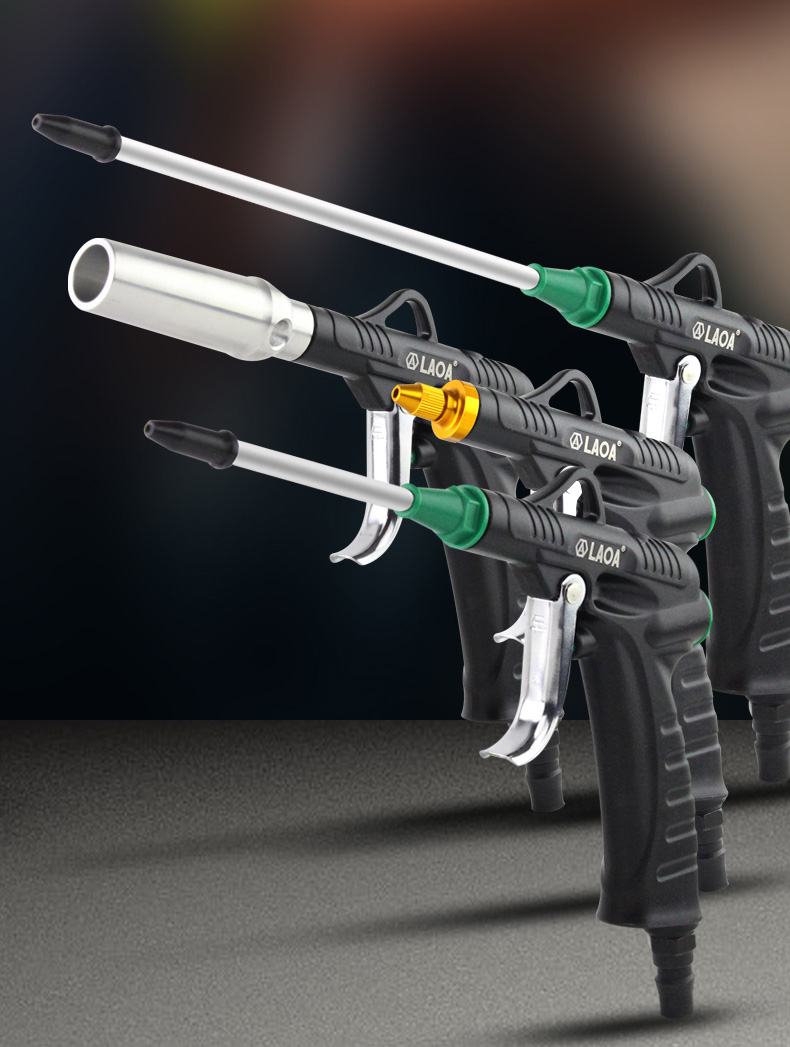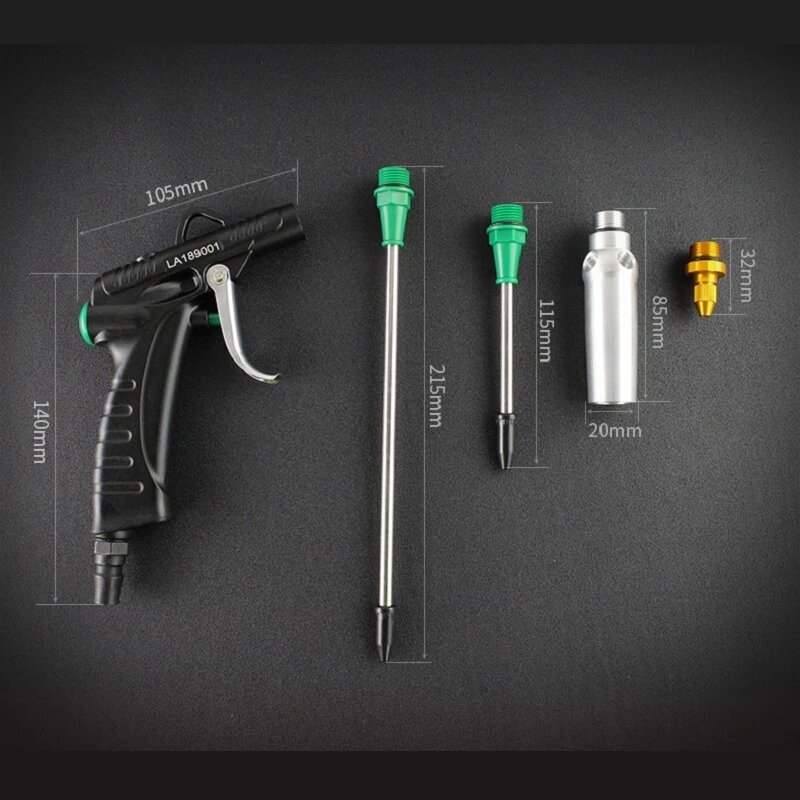How Does an Air Hydraulic Riveter Work? A Beginner's Guide to Using this Powerful Tool

When it comes to heavy-duty fastening jobs, the air hydraulic riveter is one of the most powerful and efficient tools available. Whether you're working on a construction site or in a manufacturing plant, this tool can help you quickly and easily install rivets in a wide variety of materials, including metal, plastic, and even wood. In this beginner's guide, we'll take a closer look at how this tool works and provide some tips on how to use it effectively.
What is an Air Hydraulic Riveter?
An air hydraulic riveter is a type of power tool that is designed to quickly and easily install rivets in a wide range of materials. Unlike manual riveting tools, which require a significant amount of force and skill to use, an air hydraulic riveter uses compressed air and hydraulic pressure to drive the rivet through the material, creating a secure and long-lasting bond.

How does an Air Hydraulic Riveter Work?
An air hydraulic riveter works by using compressed air to create hydraulic pressure, which is then used to drive the rivet through the material. The tool typically consists of a cylinder that contains a piston, a hydraulic system, and a set of jaws or a nosepiece that holds the rivet in place.
To use the tool, you first need to load the rivet into the jaws or nosepiece. Next, you position the tool against the material and activate the trigger, which releases the compressed air and creates hydraulic pressure. This pressure drives the piston forward, which in turn pushes the rivet through the material and into the opposite side. The tool then releases the pressure, and the jaws or nosepiece retract, allowing you to remove the tool from the material.
Types of Air Hydraulic Riveters
There are several different types of air hydraulic riveters available, each with its own set of features and benefits. Some of the most common types include:
- Handheld Riveters - These are small, portable tools that are ideal for working in tight spaces or on smaller projects.
- Benchtop Riveters - These are larger, stationary tools that are designed for use on larger projects or in industrial settings.
- Long Arm Riveters - These tools have a longer reach than traditional riveters, making them ideal for working in hard-to-reach areas.

Benefits of Using an Air Hydraulic Riveter
There are several benefits to using an air hydraulic riveter over other types of riveting tools. Some of the most significant benefits include:
- Increased Efficiency - Air hydraulic riveters can install rivets much more quickly and efficiently than manual tools, allowing you to complete your work faster and with less effort.
- Greater Precision - Air hydraulic riveters are designed to apply consistent pressure and force to the rivet, ensuring a secure and reliable bond every time.
- Versatility - Air hydraulic riveters can be used on a wide range of materials, including metal, plastic, and even wood.
- Reduced Risk of Injury - Because air hydraulic riveters require less force to operate, they can help reduce the risk of repetitive stress injuries or other types of work-related injuries.
Safety Considerations when Using an Air Hydraulic Riveter
As with any power tool, it's important to follow proper safety procedures when using an air hydraulic riveter. Here are some safety considerations to keep in mind:
- Wear Eye and Ear Protection - Air hydraulic riveters can create a lot of noise and debris, so it's important to wear appropriate eye and ear protection to avoid injury.
- Use the Right Size and Type of Rivet - Using the wrong size or type of rivet can cause the tool to malfunction or create an unsafe bond.
- Keep Your Hands Clear of the Jaws or Nosepiece - The jaws or nosepiece of the tool can close quickly and with significant force, so it's important to keep your hands clear at all times.
- Keep the Tool Clean and Lubricated - Regular cleaning and lubrication can help ensure that the tool operates smoothly and safely.
How to Use an Air Hydraulic Riveter
Using an air hydraulic riveter is relatively simple, but it's important to follow the proper steps to ensure a secure and reliable bond. Here's a step-by-step guide:
1. Load the Rivet - Insert the rivet into the jaws or nosepiece of the tool, making sure it is securely in place.
2. Position the Tool - Place the tool against the material where you want to install the rivet, ensuring that the jaws or nosepiece are centered over the rivet.
3. Activate the Trigger - Squeeze the trigger to release the compressed air and create the hydraulic pressure that will drive the rivet through the material.
4. Wait for the Tool to Release - After the rivet has been installed, wait for the tool to release the pressure and retract the jaws or nosepiece.
5. Inspect the Rivet - Check the rivet to make sure it has been installed securely and evenly.
6. Repeat as Needed - Continue loading and positioning the tool until you have installed all of the necessary rivets.
Tips for Using an Air Hydraulic Riveter
Here are some tips to help you use an air hydraulic riveter more effectively:
- Use the Right Size and Type of Rivet - Make sure you choose the right size and type of rivet for your project to ensure a secure and reliable bond.
- Use the Right Pressure - Follow the manufacturer's recommendations for air pressure to ensure that the tool operates safely and effectively.
- Practice First - If you're new to using an air hydraulic riveter, it's a good idea to practice on scrap material first to get a feel for the tool and its operation.
- Keep the Tool Lubricated - Regular lubrication can help ensure that the tool operates smoothly and safely.
- Use Proper Technique - Keep your hands and fingers away from the jaws or nosepiece, and use even pressure when installing the rivet.
Maintaining Your Air Hydraulic Riveter
Regular maintenance can help ensure that your air hydraulic riveter operates safely and effectively. Here are some tips for maintaining your tool:
- Clean the Tool Regularly - Use a soft cloth to wipe down the tool after each use to remove debris and dirt.
- Lubricate the Tool - Apply a small amount of lubricant to the tool after each use to keep it running smoothly.
- Check for Damage - Inspect the tool regularly for signs of wear or damage, such as cracks or dents.
- Replace Worn Parts - If any parts of the tool are worn or damaged, replace them promptly to ensure safe and reliable operation.
Common Problems and Solutions
Here are some common problems you may encounter when using an air hydraulic riveter, along with some possible solutions:
- Rivet Won't Install - Check to make sure the rivet is the right size and type for the tool and material, and ensure that the air pressure is set correctly.
- Tool is Jammed - Turn off the air
supply and release the pressure, then check for debris or a damaged part that may be causing the jam.
- Jaws or Nosepiece Won't Retract - Make sure the pressure has been released and the tool is not jammed, then check for debris or damage that may be preventing the jaws or nosepiece from retracting.
- Tool is Leaking Air - Check all of the connections and fittings to make sure they are tight and secure, and inspect the tool for damage or wear that may be causing the leak.
Conclusion
An air hydraulic riveter is a powerful tool that can make quick work of installing rivets in a variety of materials. By following proper safety procedures and using the tool correctly, you can ensure a secure and reliable bond for your projects. Remember to choose the right size and type of rivet, use the proper technique, and maintain your tool regularly to keep it running smoothly and safely.
FAQs
1. Can I use an air hydraulic riveter to install different types of rivets?
Yes, as long as you choose the right size and type of rivet for your project and the tool.
2. Is it safe to use an air hydraulic riveter without eye and ear protection?
No, it's important to wear appropriate eye and ear protection to avoid injury from the noise and debris created by the tool.
3. Can I use an air hydraulic riveter on curved surfaces?
Yes, as long as the tool can be positioned correctly over the rivet and the surface is not too curved for the jaws or nosepiece to make contact.
4. How often should I clean and lubricate my air hydraulic riveter?
You should clean and lubricate your tool after each use to keep it running smoothly and safely.
5. Can I purchase an air hydraulic riveter from Moonzite?
Yes, Moonzite is an online shop that offers a variety of air hydraulic riveters for purchase.

Leave a Comment